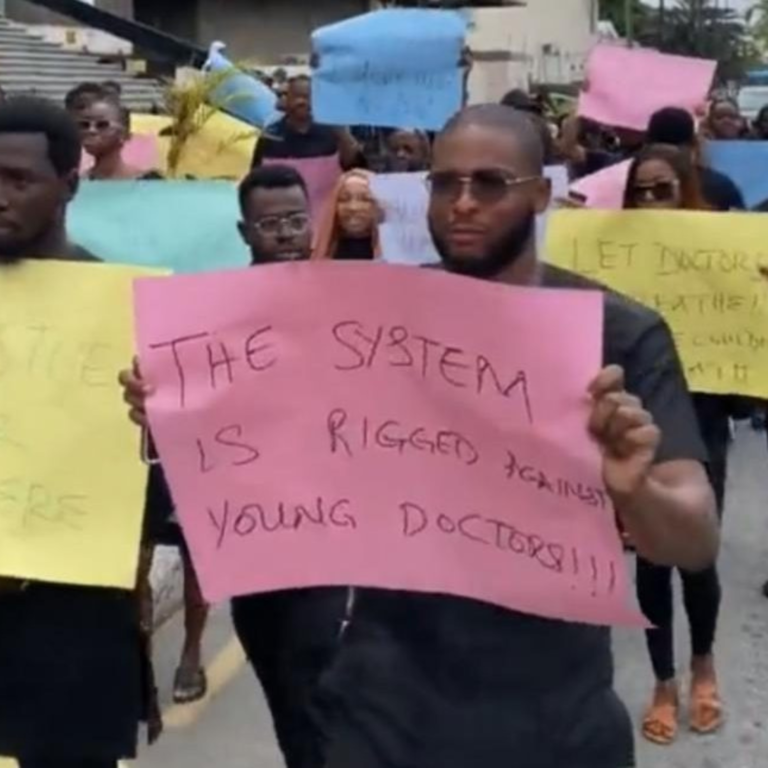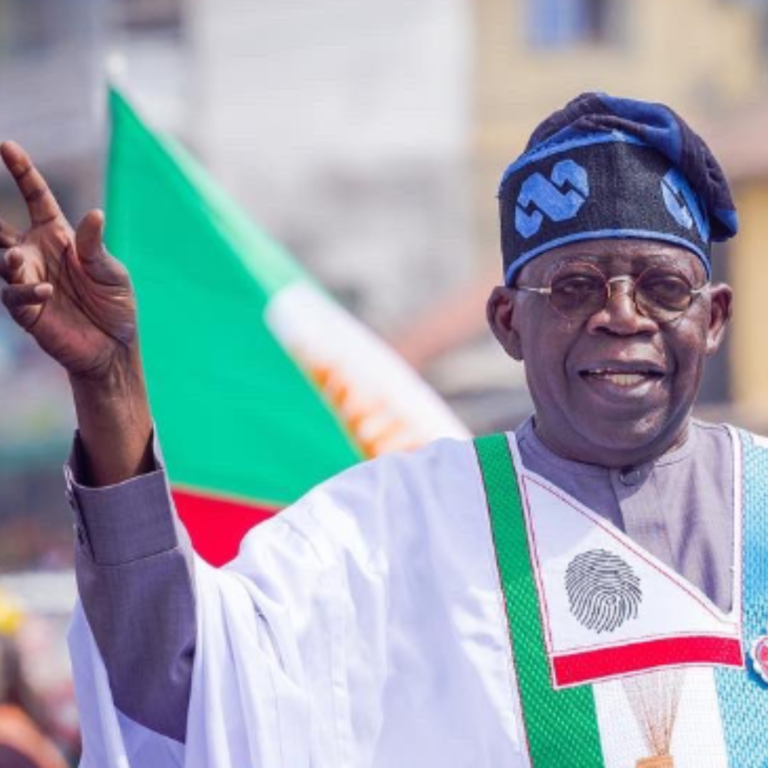The 2023 general elections are weeks away, and we can already tell they’ll differ from previous election years. For one, there’s renewed interest in the election proceedings, and people are ready to vote in a new administration.
Let’s look at some significant differences in numbers between the 2023 and 2019 elections.
Registered voters
In 2019, we had a total of 84 million voters. But, things are looking better this year, as the Independent National Electoral Commission (INEC) has noted an 11.3% increase in registered voters in 2019, bringing us to a total of 94 million registered voters.

Youth involvement
Another major difference between the 2019 and 2023 elections is youth participation. In 2019, the number of youths registered to vote was 22.3 million. However, youths make up the highest number of registered voters for the upcoming elections at 37 million. This is definitely a welcome improvement that should continue in the future.

However, regardless of the improvement in voter registration, it would be all for nothing if people don’t come out to vote.
In 2019, we recorded the lowest voter turnout for the first time since Nigeria’s democracy, at 34.75 %. According to the International Institute for Democracy and Electoral Assistance (I-IDEA), Nigeria’s voter turnout was the lowest of all African elections held between 2017-2019.
Some factors responsible for this low turnout include insecurity, apathy, election postponement and poor planning.
Hopefully, things will change in the forthcoming elections, and people will finally understand the type of power they have in their hands.




